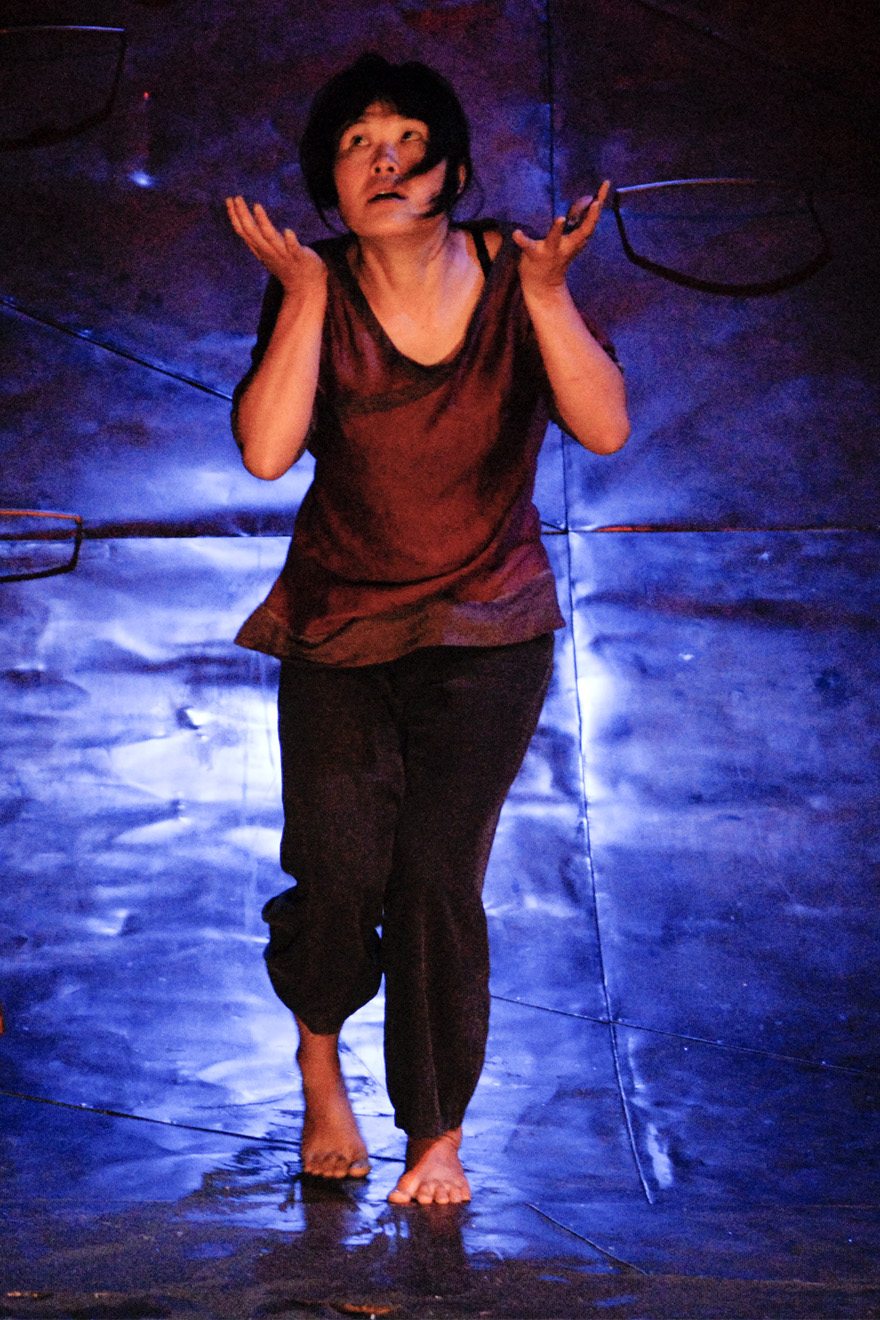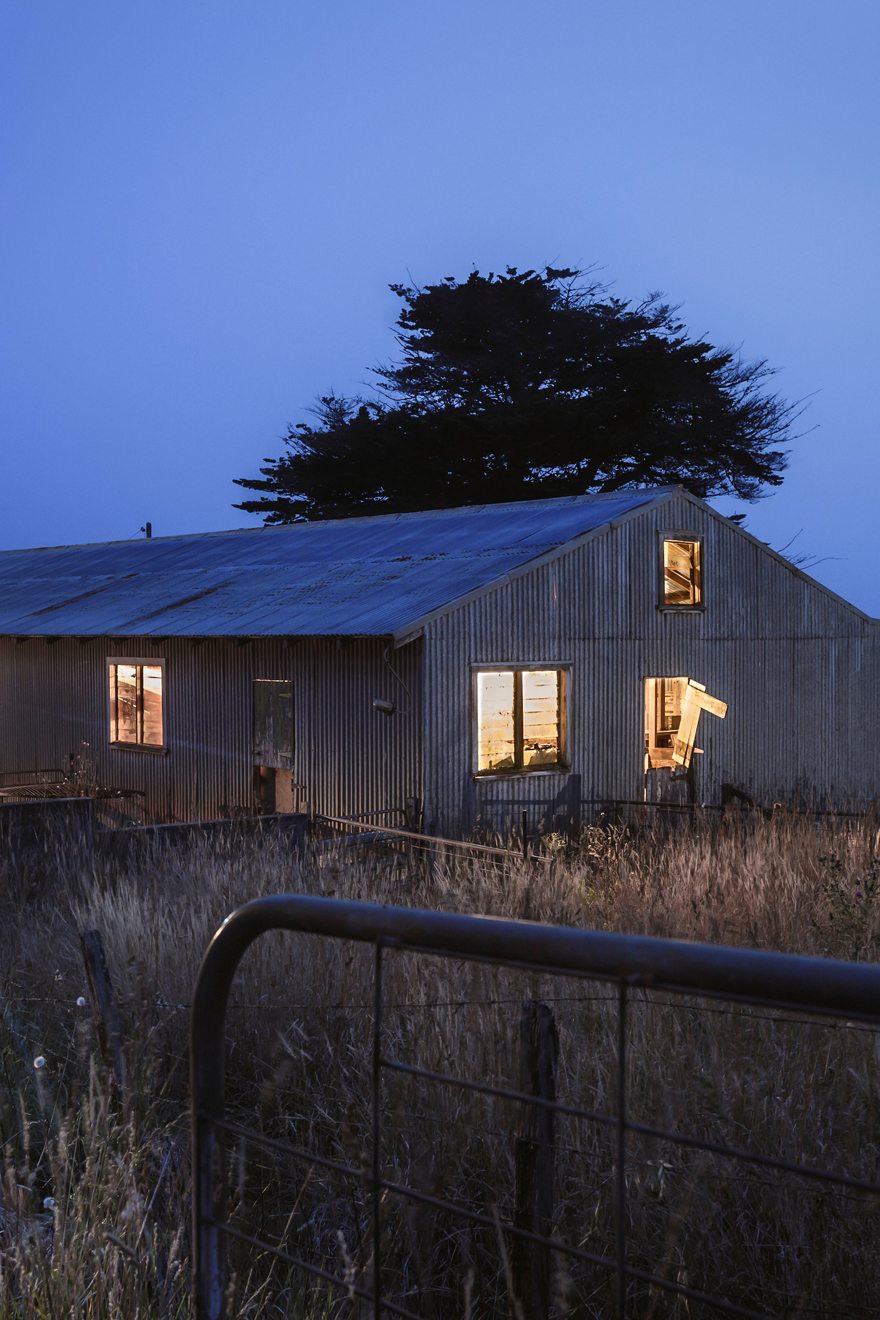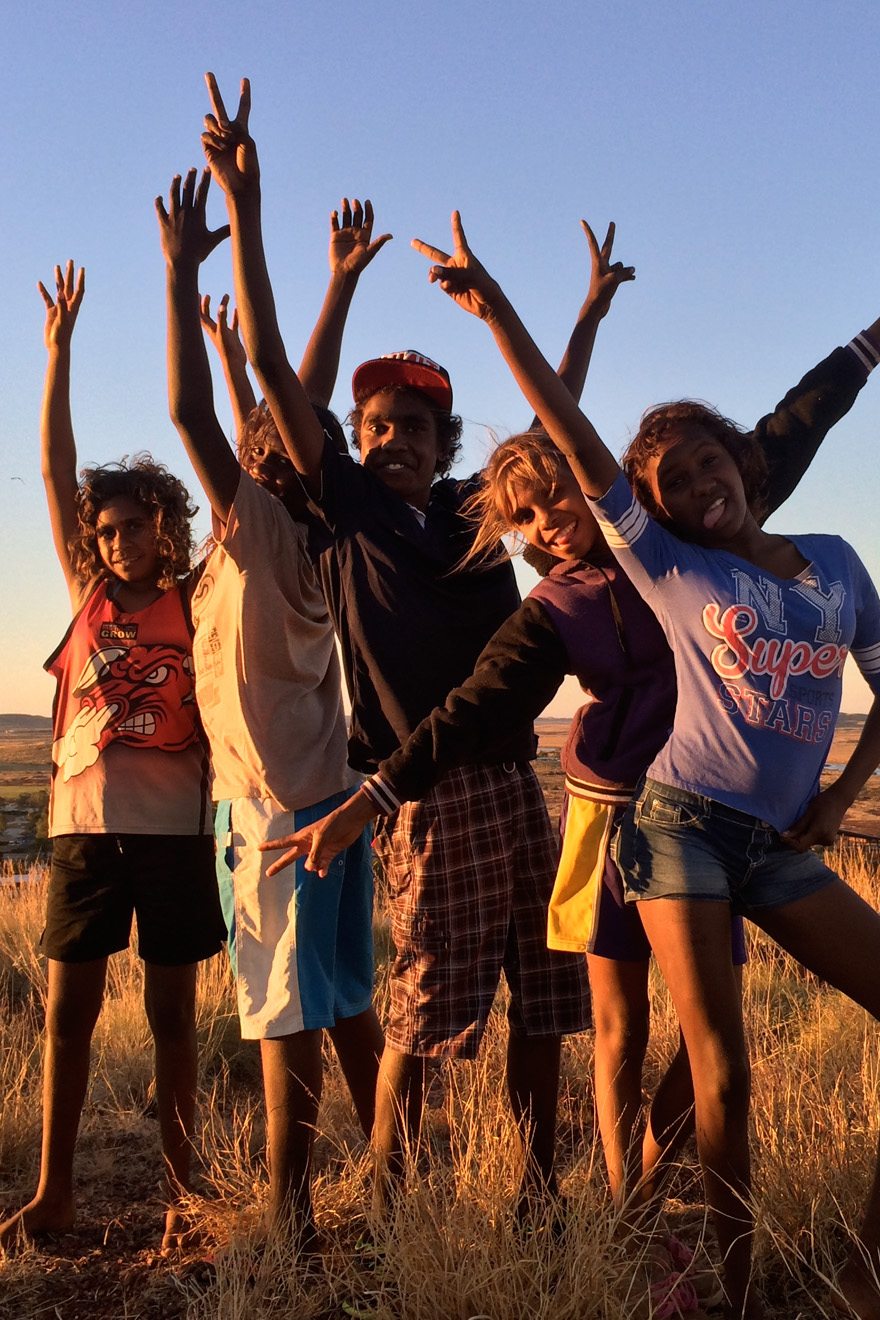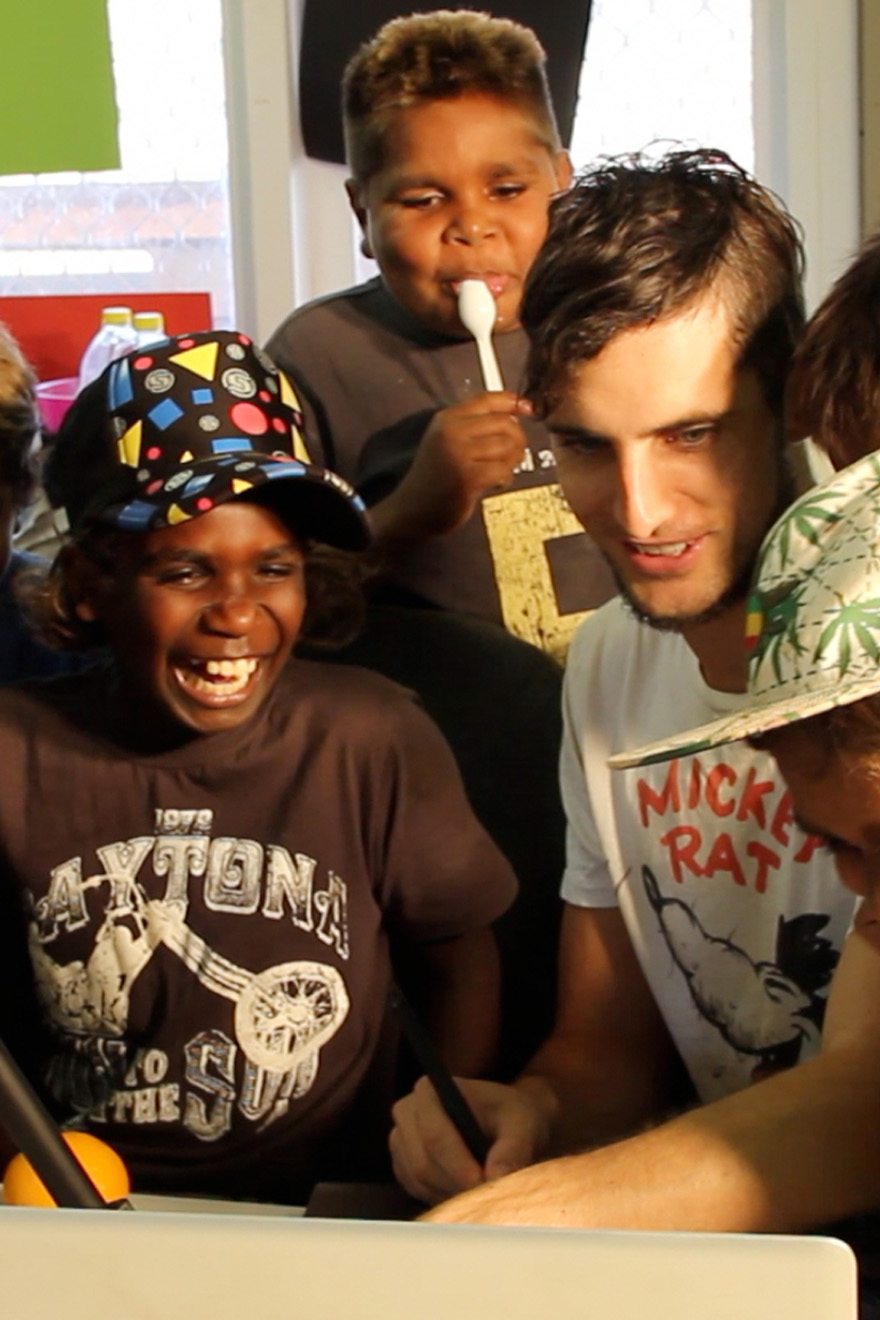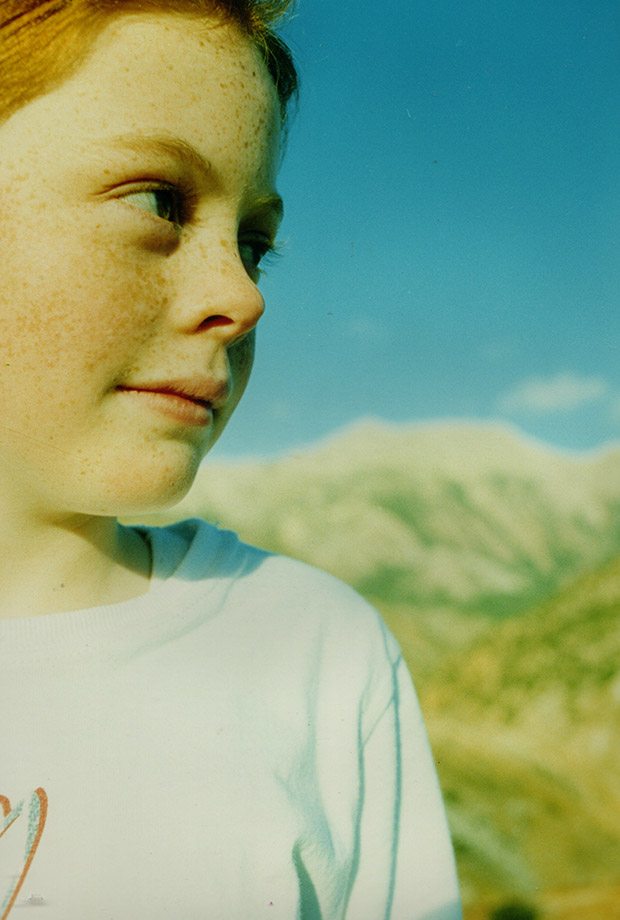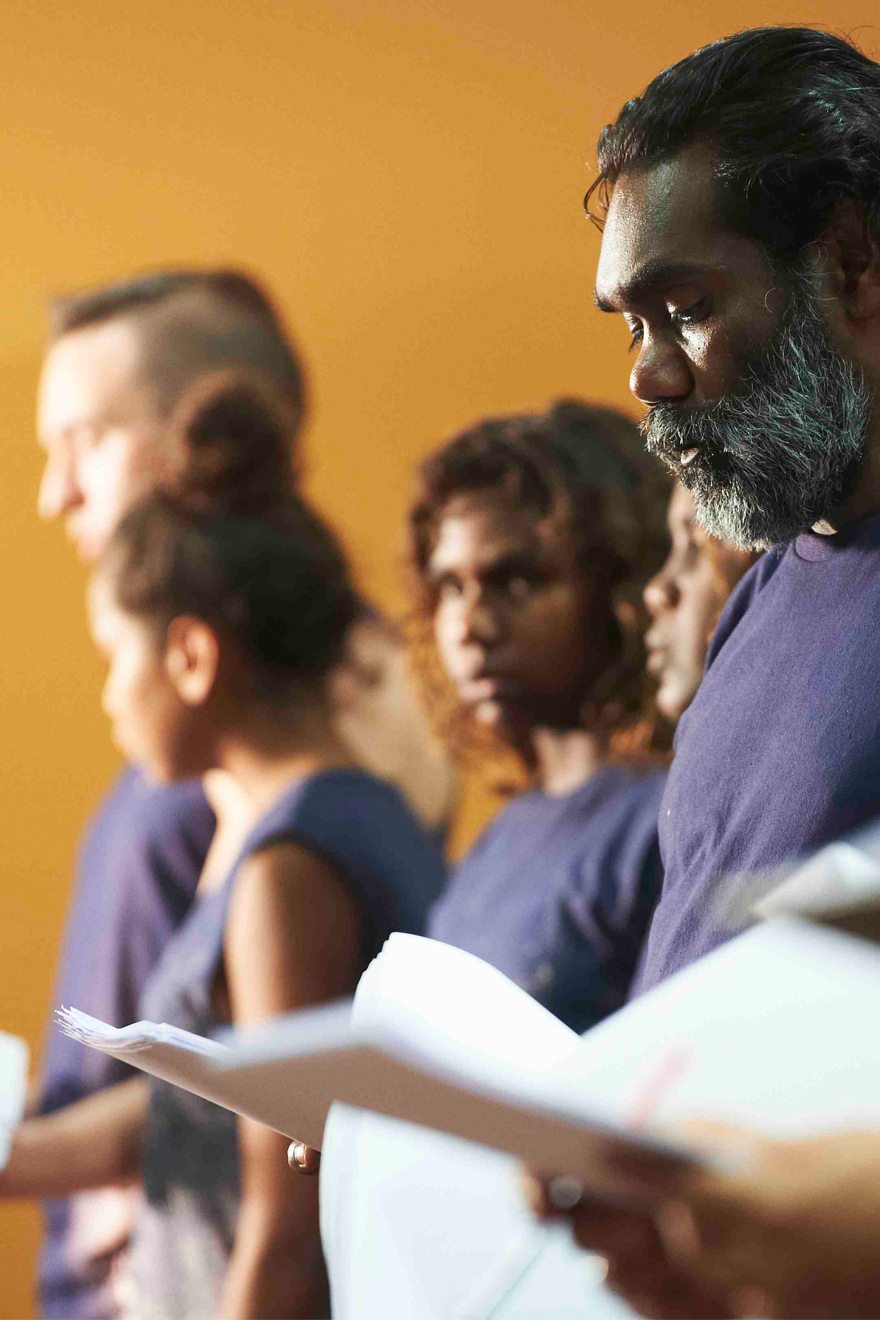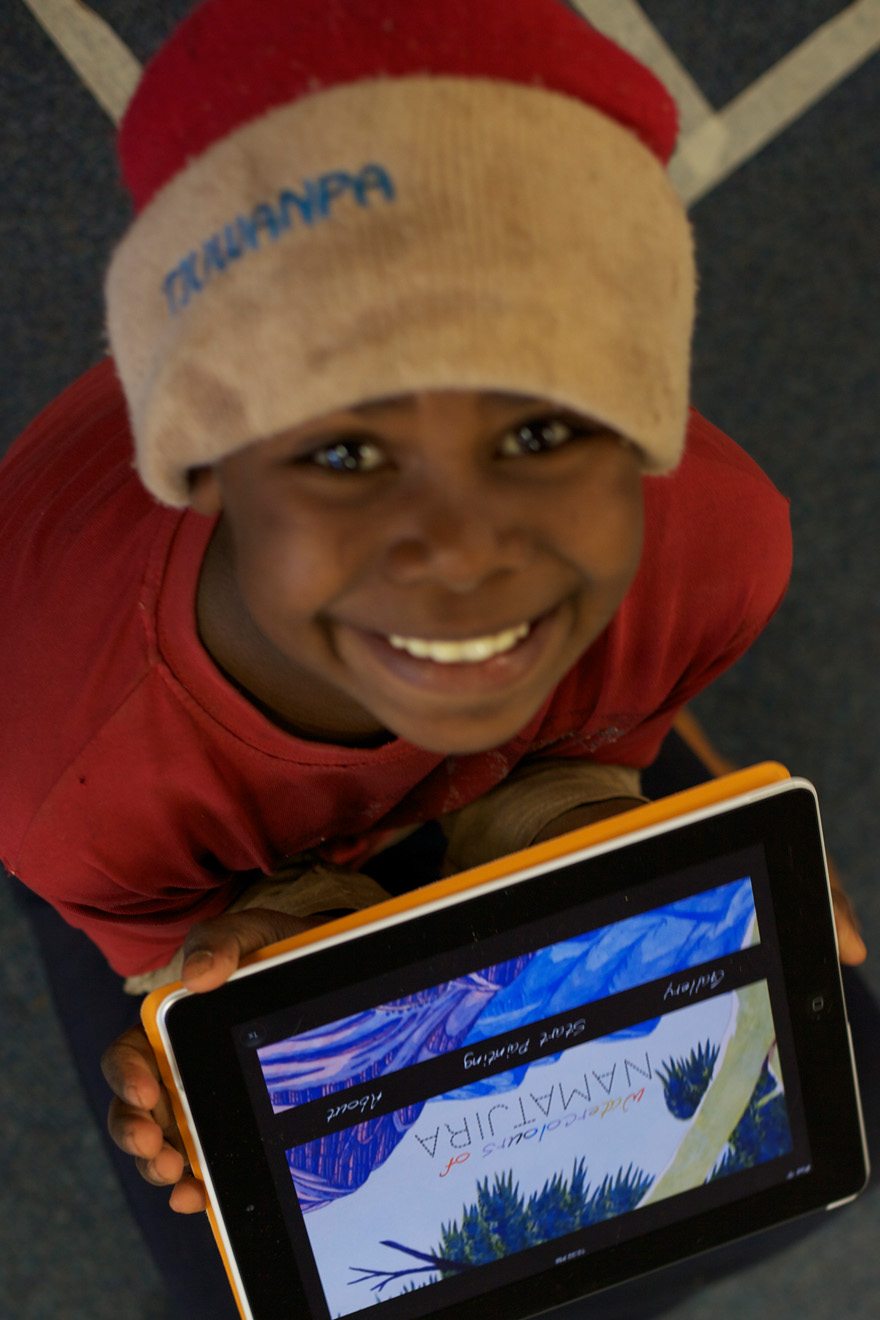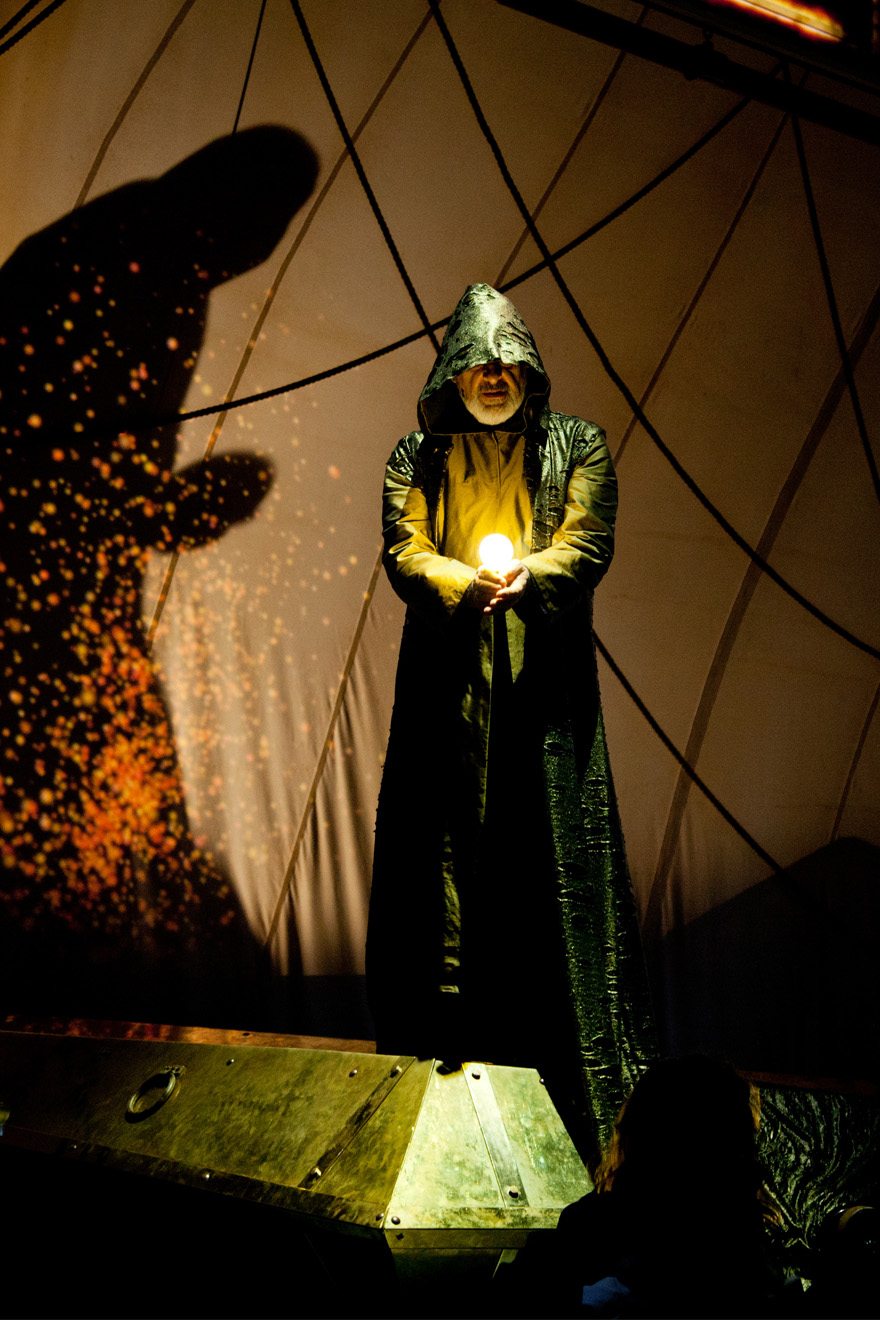Our impact
For a Big hART project to be successful it has to make an impact in five linked domains - Individuals, Communities, Arts, Policy, and Knowledge Transfer. These case studies are intended as snapshots - taken from projects to illustrate one of these domains in action.

